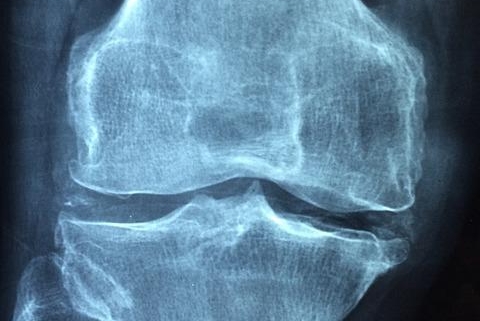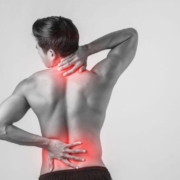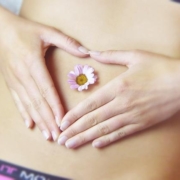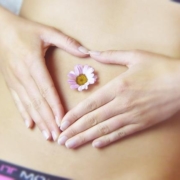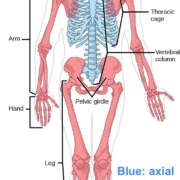Osteoarthritis: Managing the Wear and Tear on Your Joints
Osteoarthritis: Keeping Your Joints Moving Smoothly
Osteoarthritis (OA) is a common joint problem that affects millions of people. It’s often called ”wear and tear” arthritis because it happens when the cartilage that cushions your joints breaks down over time. This can lead to pain, stiffness, and difficulty moving. While OA is more common as we age, it can affect people of all ages. The good news is that there are things you can do to help prevent OA and manage its symptoms.
Understanding Osteoarthritis and Your Joints
Imagine your joints like well-oiled hinges on a door. Cartilage acts as the smooth surface that allows the bones to glide over each other without friction. In OA, this cartilage wears down, causing the bones to rub together. This can lead to:
Pain: You might feel pain in your joints during or after movement.
Stiffness: Your joints might feel stiff, especially in the morning or after periods of inactivity.
Swelling: The area around the joint might be swollen and tender.
Clicking or Cracking: You might hear or feel clicking or cracking sounds when you move the joint.
While OA can affect any joint, it most commonly occurs in the:
Hands: Fingers, thumbs, and base of the thumb
Knees: A leading cause of knee pain and disability
Hips: Can make walking and daily activities difficult
Spine: Can cause neck pain, back pain, and stiffness
Taking Charge: Tips for Preventing Osteoarthritis
While you can’t completely eliminate the risk of OA, you can take proactive steps to protect your joints and potentially delay or prevent its onset:
1. Maintain a Healthy Weight:
Why it matters: Excess weight puts extra stress on your joints, especially weight-bearing joints like your knees and hips.
What you can do: Aim for a healthy weight through a balanced diet and regular exercise. Even a small amount of weight loss can make a big difference.
2. Engage in Regular, Joint-Friendly Exercise:
Why it matters: Exercise strengthens the muscles that support your joints, improves flexibility, and helps maintain a healthy weight.
What you can do:
Low-impact activities: Choose activities that are easy on your joints, such as swimming, cycling, walking, or water aerobics.
Strength training: Incorporate exercises that strengthen the muscles around your joints. Use light weights or resistance bands and focus on proper form.
Listen to your body: Don’t overdo it. Start slowly and gradually increase the intensity and duration of your workouts.
3. Protect Your Joints from Injury:
Why it matters: Joint injuries can increase your risk of developing OA later in life.
What you can do:
Use proper form during exercise and sports: Learn the correct techniques and warm up properly before any activity.
Wear appropriate footwear: Choose shoes that provide good support and cushioning.
Avoid repetitive stress: If your job or hobbies involve repetitive motions, take breaks and use proper ergonomics.
4. Eat a Joint-Friendly Diet:
Why it matters: A healthy diet can help reduce inflammation and provide nutrients that support joint health.
What you can do:
Focus on anti-inflammatory foods: Include plenty of fruits, vegetables, whole grains, and healthy fats in your diet.
Get enough vitamin D and calcium: These nutrients are essential for strong bones, which can help protect your joints.
* Consider omega-3 fatty acids: Found in fatty fish, flaxseeds, and walnuts, omega-3s may help reduce joint pain and stiffness.
Taking Care of Your Joints for Life
Remember, taking care of your joints is a lifelong endeavor. By making healthy choices and taking steps to protect your joints, you can help keep them healthy and strong for years to come. If you have concerns about your joint health or are experiencing joint pain, consult with a healthcare professional or a physical therapist. They can provide personalized advice and treatment options to help you manage your symptoms and maintain your mobility.

